Battle of the Berries – which berry is the best?
 Who would win in a battle of the berries? Of course much of this depends on your criteria, after all we all have different tastes. However, if the criteria was based on which berry is the healthiest we can use categories like: sugar, fiber and vitamin content to rate them.
Who would win in a battle of the berries? Of course much of this depends on your criteria, after all we all have different tastes. However, if the criteria was based on which berry is the healthiest we can use categories like: sugar, fiber and vitamin content to rate them.
Let me just admit that although I love the taste of berries, I am leery of them as I am of all fruit due to the potential negative effects of fruit sugar. Fructose is the main type of sugar in fruits. It is a monosaccharide and absorbed directly into our bloodstream during digestion. You may be thinking “Yeah, so what? A sugar is a sugar,” yet that is not exactly true.
Fructose metabolization versus glucose metabolization
There is an important difference in how our bodies metabolize fructose versus glucose. Once absorbed, fructose cannot be used directly in the body and must be broken down in the liver to convert it into glucose. Glucose on the other hand can be used anywhere in the body and does not need to pass through digestion in the liver. Studies have shown that a diet high In fructose may cause an increase in triglycerides, an increase in body fat formation, fatty liver disease, increased risk of gout, and it increases the synthesis of very low density lipoproteins (VLDL – the bad cholesterol). The increase of VLDL is a risk factor for cardiovascular disease.
Fructose and Leptin Resistance
Leptin is a hormone that is tied closely to regulating energy intake and expenditure, including appetite, metabolism and hunger. It is the single most important hormone when it comes to understanding why we feel hungry or full. When present in high levels, it signals to our brain that we’re full and can stop eating. When low, we feel hungry and crave food.
The problem is that the more we eat and the higher or blood glucose level, the more leptin we release and the less responsive to leptin we become. Thus as we gain more body fat, we become more resistant to leptin. However, it is not just an increase weight that causes this resistance. Diets high in fructose can induce leptin resistance. Studies have shown that fructose impairs the leptin’s ability to cross the blood-brain barrier and reach our brain. So even when our leptin levels are high, not enough reaches the brain to tell us to stop eating.
How much Fructose is Healthy?
The American Heart Association suggests the we limit all added sugar in our diet to less than 25 grams for women and 37 grams for men. Naturally occurring sugars are allowed at higher rates, but studies have shown that consumption of fructose greater than 50 grams per day can lead to a condition known as Metabolic Syndrome. There are some that think 25 grams should be the limit. If you already have Metabolic Syndrome or are at risk for developing it you would do better to limit your fructose to 15 grams per day. Therefore, if you are going to spend some of your “fructose dollars” on berries, you may want the ones with the least amount of fructose.
Fiber in Berries
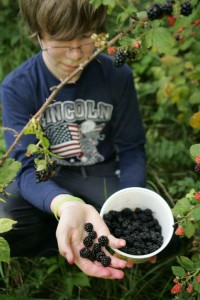 Fiber is one of those things that one gets more interested in when one ages. Keeping colons healthy just doesn’t come up as a topic of conversation when a person is in their 20s. It might get a little bit of interest when we reach our 30s and we start to notice a few other things about the human aging process. By the time we reach our 40s most of us are starting to consider things from a fiber perspective and by 50 and above we may actually have extended conversations with our peers about fiber. I know that in my nutrition coaching sessions with people, those under 30 have heard of fiber but are not that interested and those over 40 begin to take notes when I mention fiber.
Fiber is one of those things that one gets more interested in when one ages. Keeping colons healthy just doesn’t come up as a topic of conversation when a person is in their 20s. It might get a little bit of interest when we reach our 30s and we start to notice a few other things about the human aging process. By the time we reach our 40s most of us are starting to consider things from a fiber perspective and by 50 and above we may actually have extended conversations with our peers about fiber. I know that in my nutrition coaching sessions with people, those under 30 have heard of fiber but are not that interested and those over 40 begin to take notes when I mention fiber.
Vitamins in Berries
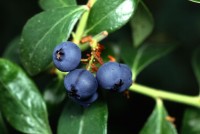 Vitamin content is often a subject of interest when berries are mentioned. We hear about how they are healthy for us because they contain phyto-nutrients. That is such an interesting sounding word – phyto-nutrient! We will also hear about exciting terms like flavonoid, anthocyanidins, and polyphenolics. Those sound so much more interesting than boring old Vitamin C. The stuff in berries are supposed to help fight Alzheimer’s, cancer and prevent disease. They are promoted as being able to help us feel full, lose weight, and maybe do our taxes and clean our house – I don’t know all the details, but trust me they are good. The problem with all of this ‘berry hype’ is that while, yes, berries do contain a lot of great things, so do other foods like vegetables. It is also true that for a serving size the amount of these exciting chemicals is rather small. Much of the promoted benefit of berries is founded on lab results that ‘suggest’ benefits rather than actual human trials. Don’t get me wrong – I am in no way saying that berries are not beneficial, but we need to rationalize their potential benefits with their fructose content. Which berries offer the most phytonutrient for our fructose dollar? That’s what I want to know.
Vitamin content is often a subject of interest when berries are mentioned. We hear about how they are healthy for us because they contain phyto-nutrients. That is such an interesting sounding word – phyto-nutrient! We will also hear about exciting terms like flavonoid, anthocyanidins, and polyphenolics. Those sound so much more interesting than boring old Vitamin C. The stuff in berries are supposed to help fight Alzheimer’s, cancer and prevent disease. They are promoted as being able to help us feel full, lose weight, and maybe do our taxes and clean our house – I don’t know all the details, but trust me they are good. The problem with all of this ‘berry hype’ is that while, yes, berries do contain a lot of great things, so do other foods like vegetables. It is also true that for a serving size the amount of these exciting chemicals is rather small. Much of the promoted benefit of berries is founded on lab results that ‘suggest’ benefits rather than actual human trials. Don’t get me wrong – I am in no way saying that berries are not beneficial, but we need to rationalize their potential benefits with their fructose content. Which berries offer the most phytonutrient for our fructose dollar? That’s what I want to know.
Availability of Berries
 Availability is another important detail when evaluating berries. There has been a lot of hype over some less known berries such as acai, gogi and noni. Typically these unfamiliar fruits are touted as being nutritional powerhouses and are offered to us for higher prices. Although each fruit may have a unique vitamin content and specific phytonutrients, there are no studies that show these unusual fruits offer a greater health benefit than the lower cost and easier to find alternatives. I chose in my berry evaluation fruits that can easily be found either fresh or frozen in most supermarkets. Although all berries seem to be somewhat more expensive per pound than other fruit we can always find better prices when they are in season and thus more abundant. Luckily the frozen choices are also a great way to acquire these fruit as they typically will freeze the fruits when they are at their ripest (lower cost when fruit is in season) and the freezing process does not diminish the vitamin content. With frozen berries we can get these fruit all year long.
Availability is another important detail when evaluating berries. There has been a lot of hype over some less known berries such as acai, gogi and noni. Typically these unfamiliar fruits are touted as being nutritional powerhouses and are offered to us for higher prices. Although each fruit may have a unique vitamin content and specific phytonutrients, there are no studies that show these unusual fruits offer a greater health benefit than the lower cost and easier to find alternatives. I chose in my berry evaluation fruits that can easily be found either fresh or frozen in most supermarkets. Although all berries seem to be somewhat more expensive per pound than other fruit we can always find better prices when they are in season and thus more abundant. Luckily the frozen choices are also a great way to acquire these fruit as they typically will freeze the fruits when they are at their ripest (lower cost when fruit is in season) and the freezing process does not diminish the vitamin content. With frozen berries we can get these fruit all year long.
Comparing the Berries
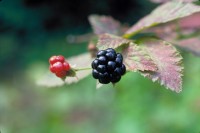 With consideration given to availability and cost of the berries, I chose to compare the following berries: blueberries, strawberries, raspberries, blackberries and cranberries. These are not only available fresh in most grocery stores but also available year round in the frozen food sections. I categorized my assessments into evaluations of fructose, fiber, and vitamin content. I compared equal amounts of each berry (about 150 grams or approximately 1 cup) which is equal to two servings. Here are the results:
With consideration given to availability and cost of the berries, I chose to compare the following berries: blueberries, strawberries, raspberries, blackberries and cranberries. These are not only available fresh in most grocery stores but also available year round in the frozen food sections. I categorized my assessments into evaluations of fructose, fiber, and vitamin content. I compared equal amounts of each berry (about 150 grams or approximately 1 cup) which is equal to two servings. Here are the results:
Fructose Evaluation
The winner in the fructose category goes to cranberries at .9 grams. Strawberries came in second at 3.7 grams. Blueberries finished last with 7.3 grams for the 1 cup/150gram measurements I used.
Fiber Evaluation
The winner in the fiber category goes to blackberries with 7 grams. A close second was raspberries with 6 grams. The lowest was strawberries at 3 grams fro the 1 cup/150 gram portion.
Vitamin Evaluation
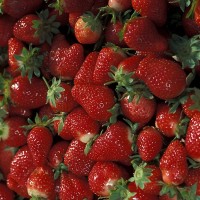 This was a little harder to evaluate because I also had to choose between all the nutritional components these fruit share. I limited my evaluation to four nutritional components found in meaningful amounts in each berry. These were Beta Carotene, Lutein+Zeaxanthin (important to eye health), Vitamin C and Folate. For Beta Carotene, blackberries were the clear winner with 184 mcg (micrograms). For Lutein+Zeaxanthin it was raspberries with 204 mcg. Vitamin C was won by strawberries with 89.4 mg (miligrams). In folate, it was strawberries with 36.5 mcg followed closely by blackberries with 36 mcg.
This was a little harder to evaluate because I also had to choose between all the nutritional components these fruit share. I limited my evaluation to four nutritional components found in meaningful amounts in each berry. These were Beta Carotene, Lutein+Zeaxanthin (important to eye health), Vitamin C and Folate. For Beta Carotene, blackberries were the clear winner with 184 mcg (micrograms). For Lutein+Zeaxanthin it was raspberries with 204 mcg. Vitamin C was won by strawberries with 89.4 mg (miligrams). In folate, it was strawberries with 36.5 mcg followed closely by blackberries with 36 mcg.
Overall Winner of the Battle of the Berries
As you can clearly see, each berry has something to offer in regards to benefits so there was no outstanding winner in all categories. If we just go by who ranked first in more categories we would have to give it to blackberries for fiber, beta carotene and a close second in folate. Strawberries came in first in Vitamin C and folate and second in fructose. Raspberries came in first in Leutein+Zeaxanthin and second in fiber. Cranberries only won the fructose category. Blueberries won none of the categories. Thus I give you my rankings:
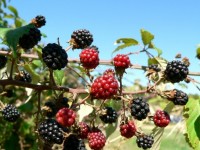 First place – Blackberries
First place – Blackberries
Second place – Strawberries
Third place – Raspberries
You can see the entire evaluations with each amount below:
1 cup raw blueberries (148 g) = carb 21g, Fiber 4g, sugar 15g, sucrose/glucose/fructose 163/7222/7355mg, Beta Carotene 47.4 mcg, Lutein+Zeaxanthin 118mcg, Vitamin C 14.4mg, Folate 8.9mcg
1 cup raw strawberries (halved) (152 g) = carb 12g, fiber 3g, sugar 7g, sucrose/glucose/fructose 714/3025/3708mg , Beta Carotene 10.6mcg , Lutein+Zeaxanthin 39.5mcg , Vitamin C 89.4 mg, Folate 36.5 mcg
1.25 cups raspberries (150 g) = carb 18g, fiber 6g, sugar 10g, sucrose/glucose/fructose 300/2796/3532mg , Beta Carotene 18mcg , Lutein+Zeaxanthin 204mcg , Vitamin C 39.3 mg, Folate 31.5 mcg
1 cups blackberries (144 g) = carb 15g, fiber 7g, sugar 8g, sucrose/glucose/fructose 101/3326/3456mg , Beta Carotene 184mcg , Lutein+Zeaxanthin 170mcg , Vitamin C 30.2 mg, Folate 36 mcg
1.35 cups cranberries (150 g) = carb 17g, fiber 5g, sugar 6g, sucrose/glucose/fructose 195/4918/945mg , Beta Carotene 51mcg , Lutein+Zeaxanthin 136mcg , Vitamin C 19 mg, Folate 1.5 mcg
There you have it, as factual as I can make it. Will this change what berry you choose? Well, considering that for most of us the berry we choose to eat is the one we like the taste of the most – possibly not. My hope for this battle of the berries is to bring to light some of the positive benefits of berry nutrition along with some factual basis for limiting our consumption of them and all fruits. All of the above berries are winners in what I consider the most important category and that is their low amount of fructose per serving. Consider this – although blueberries were the most fructose laden berry in this contest, its 7.3 grams per cup is lower than apple which comes in at 8.7 grams per cup. For those who are looking to limit their fructose, berries offer great taste without a lot of ‘fructose dollar’ expense.


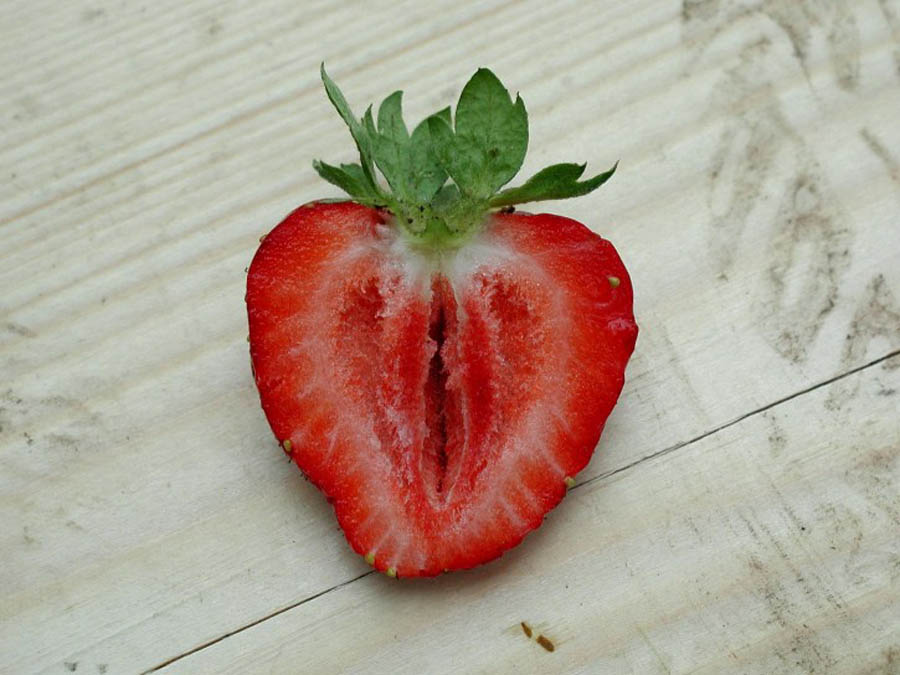
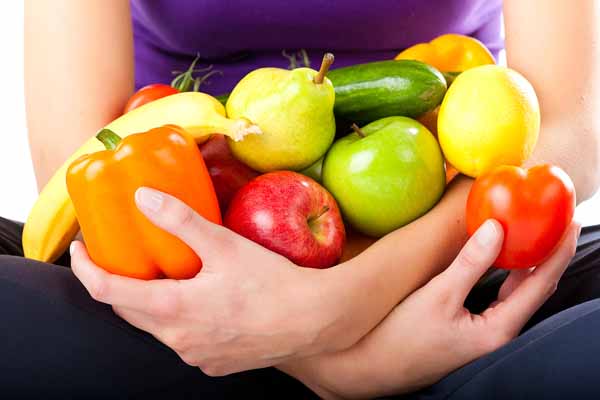

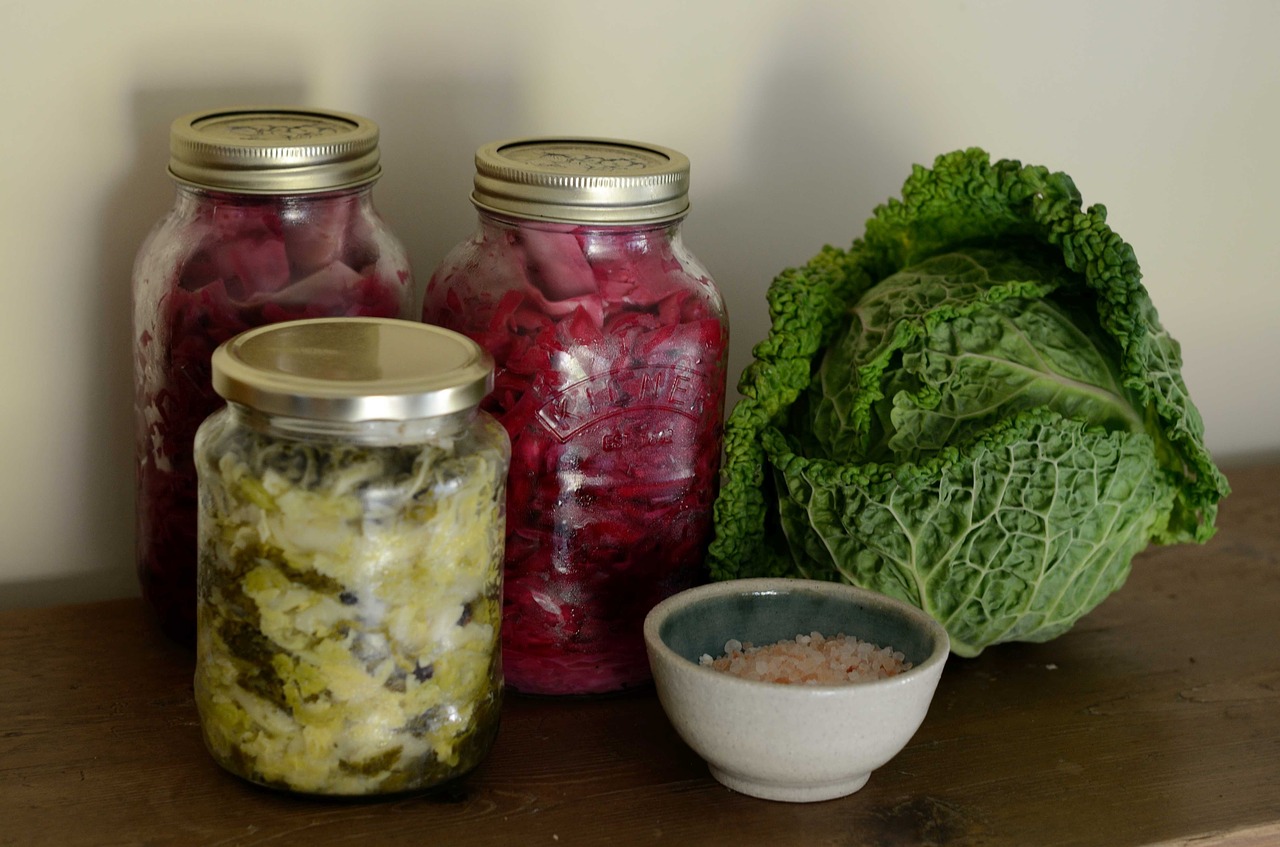
I think this is one of the most important info for me. And i am glad reading your article. But wanna remark on few general things, The web site style is ideal, the articles is really excellent D. Good job, cheers